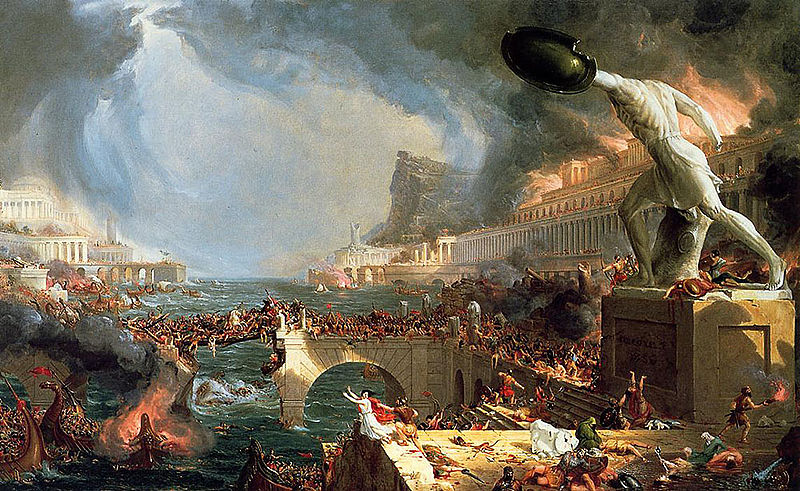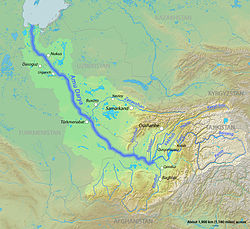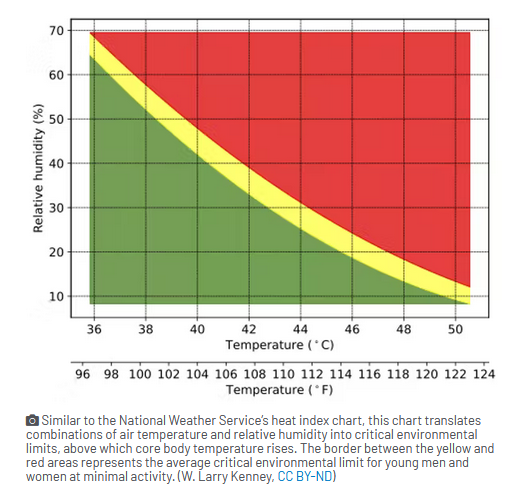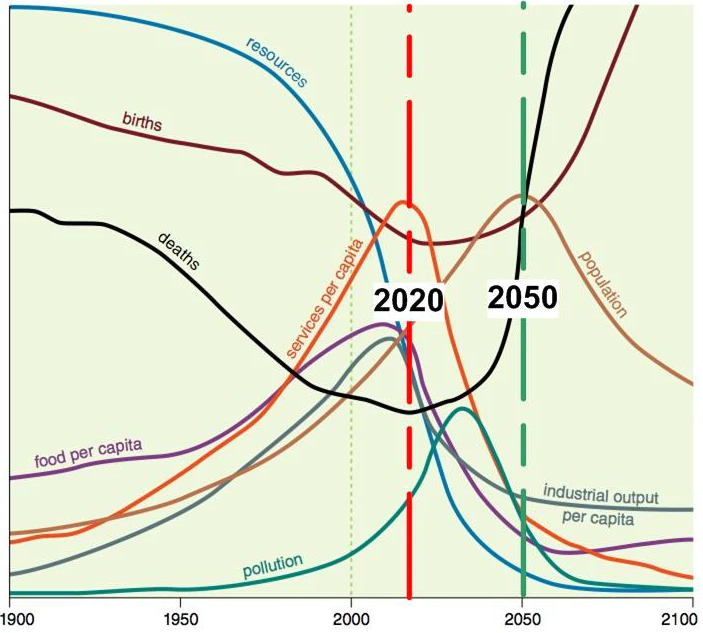No doubt you’ve seen pictures like the one below from both China and Europe:
Heat & drought are so severe now in #China the country is having trouble generating electricity — the rivers are too dry to flow over dams. With temperatures above 40C & no juice for the AC, the health of millions is on the line.https://t.co/QxJOrg1bj6
&https://t.co/igBDqIkFsz— Laurie Garrett (@Laurie_Garrett) August 22, 2022
Famously, in European rivers “hunger stones” set in the past to indicate when water was so low it indicated an incoming famine, have been uncovered.
Chinese officials are scrambling to find enough water for irrigation. Meanwhile the wheat crop in India was devastated by a heat wave at planting time.
Will there be famine in Europe or China? I doubt it. What will happen instead is famine in the global “south”, because European countries and China can afford to buy grain. Since grain started flowing out of Ukraine, to the best of my knowledge not one shipment went to the “south”.
This doesn’t mean there won’t be suffering in China and especially parts of Europe. Though prices have dropped recently, I expect prices will again rise, and combined with rising fuel prices, winter will be harsh for many (those without a lot of money, obviously. The rich will be fine and still dine on caviar in warm rooms beneath brilliantly lit chandeliers.) I imagine that if Nord Stream 1 isn’t shut off by then, it will have further maintenance issues in the winter.
But what’s interesting about these droughts is that:
1) they weren’t predicted to happen so soon;
2) the knock on effects like the devastation of hydropower in China. Which, ironically, means they will be scrambling to burn more hydrocarbons, especially coal.
What is underestimated when people talk about climate change and environmental collapse is that it makes events far more unpredictable. Once in a thousand year events, under the previous extremely stable climate system start happening often. Weather doesn’t act according to previous patterns, and since there is more energy (heat) available, it is stronger. There’ll be more rain, for example, but you may not like that much. Hurricane top strength is higher than in the past. Droughts happen which wouldn’t have before. The Sahel monsoon has become unpredictable over the last 50 years, caused by climate change, and that has been a large part of many famines.
We expected the weather to act in certain ways, and while there were definitely surprises, mostly it has, for thousands of years. This doesn’t discount Europe’s warm period or little ice age, but overall, weather has been pretty consistent.
Now it isn’t. And it will be more inconsistent for a hundred or two hundred years. When you’re moving from one equilibrium to another, there tend to be wild swings until the new equilibrium settles in. Since we really have no idea what the new equilibrium will look like or when we’ll get there (saying X degrees says little and those predictions are dubious) we don’t know how long this will go on, or how bad it’ll be. A hundred to two hundred years is really just a guess.
What this means for societies is that they need to create systems which don’t expect weather or environment as usual. What it means for individuals and groups is the same. You can’t count on the normal weather. You can’t be sure the environment won’t collapse where you are, or somewhere you import food or other resources from. So you need to be able to handle what amount to near random events.
As I mentioned before, this means that outdoor gardens aren’t the hedge a lot of people think they are. Look into greenhouses and other climate controlled options. Find an independent water source, or store large amounts of water. Etc, etc… If you can’t do that (and Lord knows I can’t do most of it) do what you can, and prepare yourself psychologically.
Because our infrastructure was created for a certain climate and environment, it’s going to fail. During the heat wave some railways in England became unusable as the rail tracks expanded in the heat. It’s possible to build railways made for heat, many countries have, but then they aren’t suitable for real cold. So English railways shut down. Roads in Southern China have literally melted in the sun (this is one reason asphalt sucks and always has.) And yes, those hydropower plants.
We’re in for a very rough period in human history. All the power people were thinking it wouldn’t really start for another 20 to 30 years. They were wrong (as I predicted repeatedly over the years.) It’s here now. There will likely be pull-backs to the previous baseline, not good years, but better ones, but the overall trend will not change.
As for the global economic system, it is in slow-motion collapse. That will not change, and it will also occur in ways that are unpredictable in the short to medium term.
Be prepared, if you can.




